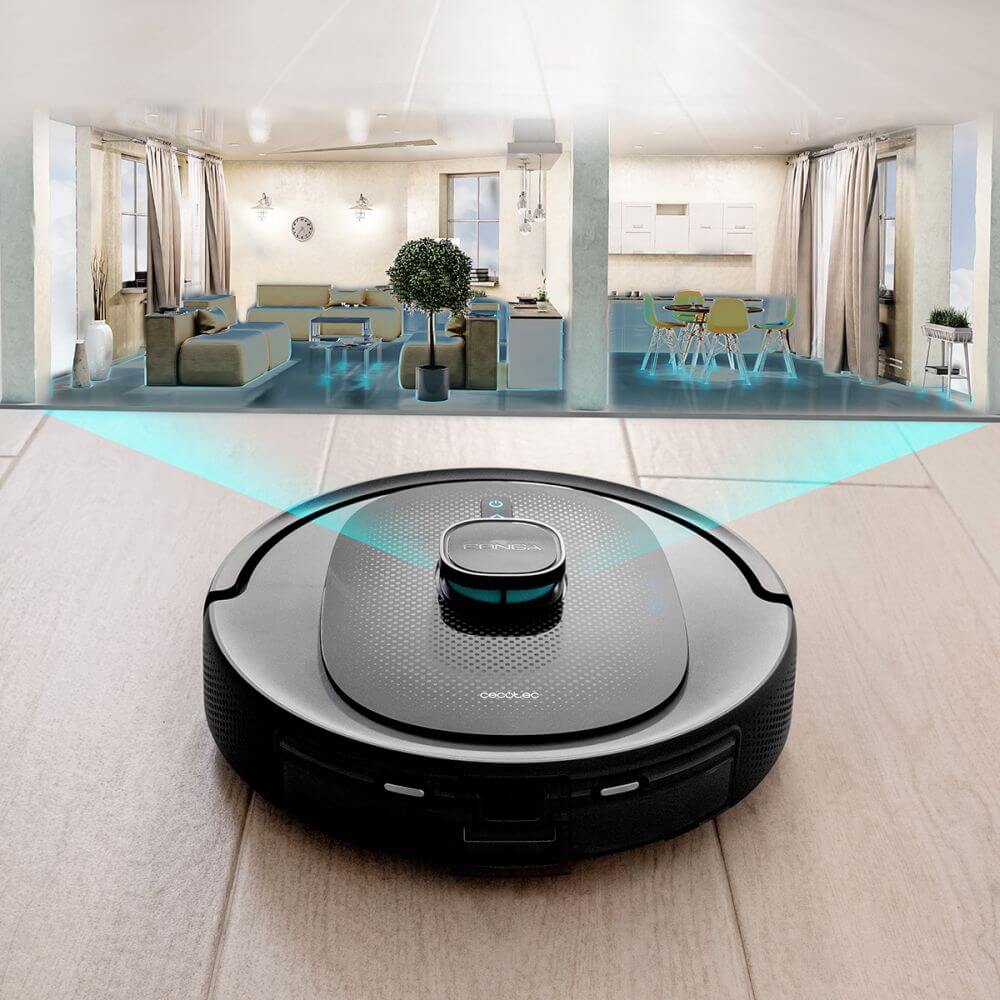13. Science and Technology (Věda a technologie)
From the beginning of their existence people have used tools, various types of energy and materials to get food and shelter. In early human history the only power available was muscle power. The first working steam engine was developed and improved in the 18th century by James Watt. The steam engine and other technical advances changed traditional agrarian economy to manufactures (the Industrial Revolution). Michael Faraday’s demonstration of the dynamo in 1831 was the beginning of electrical motors. Electricity was commercially available from the early 1880s and was used for electric motors and for lighting (the invention of the first electric bulb by Thomas Alva Edison). Electricity is the most useful form of energy, easily convertible into heat and light. It is generated in power stations and distributed through wires. The invention of combustion engine (1876) enabled two Germans, Gottlieb Daimler and Karl Benz to create the first petrol-driven motocar (1885).This invention made transport faster and more comfortable. In 1945 people saw the explosion of the first atomic bomb and the nuclear energy started to be used. Today it is one of current sources of energy, as well as natural gas, water power, oil and coal energy.
The earliest materials used by humans were wood, bone, horn, shell and stone. Metals were difficult to get, although forms of bronze and iron were used in 6 000 B.C. and
1000 B.C. In the Industrial Revolution new materials were introduced, such as rubber, glass, leather, paper, bricks and porcelain and later (in the end of the 19th century) new synthetic materials appeared. This process still continues (genetic engineering).
Plenty of inventions and discoveries have influenced and changed human life, such as aircraft, radio, television, telephone, X-ray machines, radar, electrics welding, photographs, birth-control methods, test-tube babies, penicillin, …….. Undoubtedly the transistor, integrated circuit (silicon chip) and laser were the three inventions that have had the greatest impact on modern-day life. Electronic and microelectronic industries, space research and genetic engineering probably represent the branches where progress will continue most rapidly.
Space flights. The first satellites were launched into orbit around the Earth in 1957 by the Russians and soon the first man-operated spacecraft was put into orbit. In 1961 Soviet cosmonaut Yuri Gagarin became the first human in space aboard the spacecraft Vostok 1. In a few years people achieved the Moon. The first people to step onto the Moon’s surface on 20th July 1969 were Neil Armstrong and Edwin Aldrin. At present artificial satellites are used for science, communications, weather forecasting and military purposes.
Since 1960 we have spoken about the scientific-technical revolution because at present both science and technology can help to solve the problems of people on the Earth: to find other alternative energy sources, to reduce pollution of all kinds and to protect the environment, to find ways how to feed the constantly increasing number of people and to discover medicine against such diseases as cancer, AIDS or the Ebola virus which threaten the
contemporary world.
Not all inventions and discoveries, however, have brought people improvement and innovation. Powerful laser weapons, nuclear and H-bombs and pollution of the environment are only a few examples of how good ideas may be abused. Technology is dependent upon how people use it.





